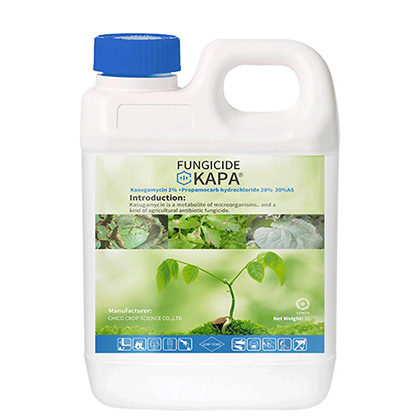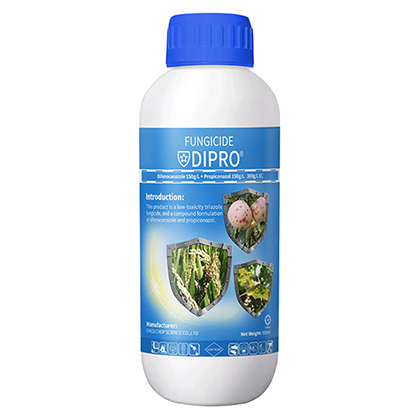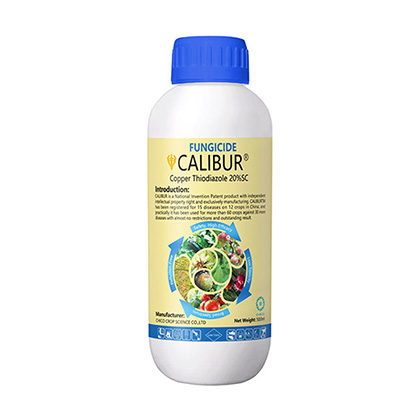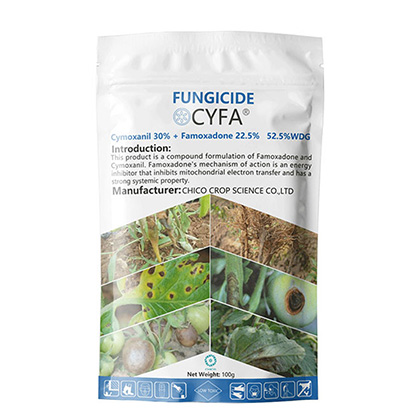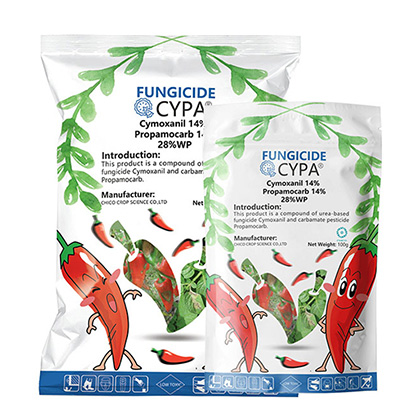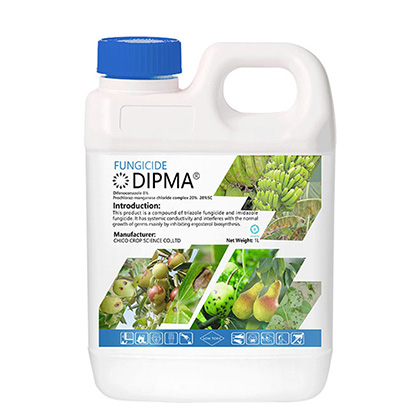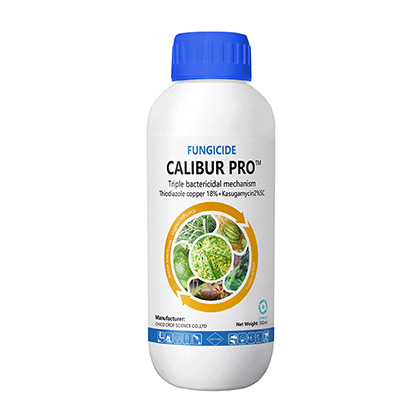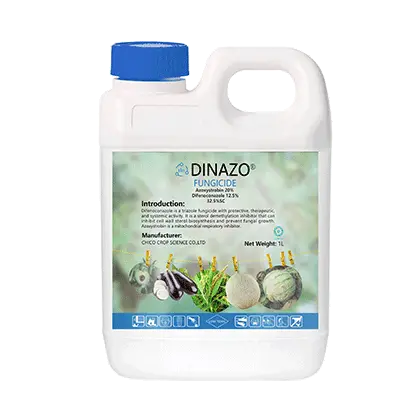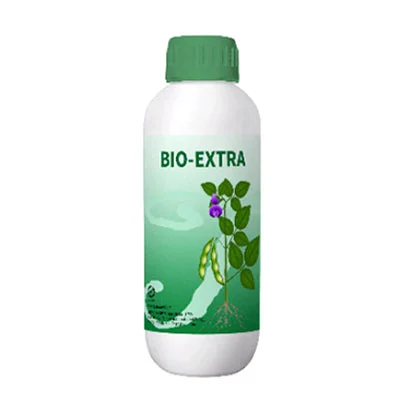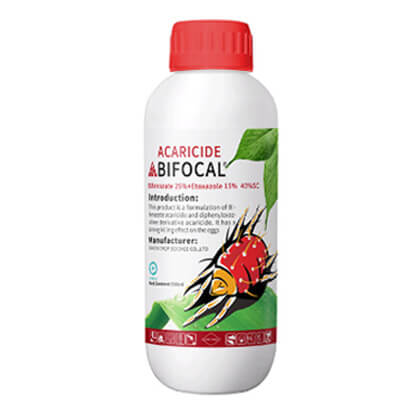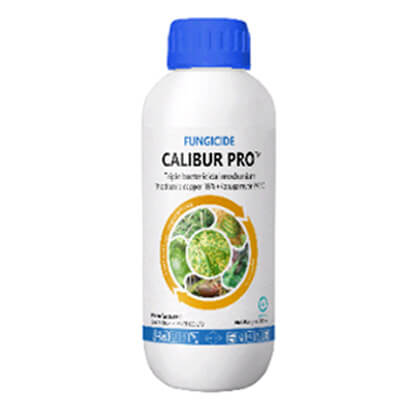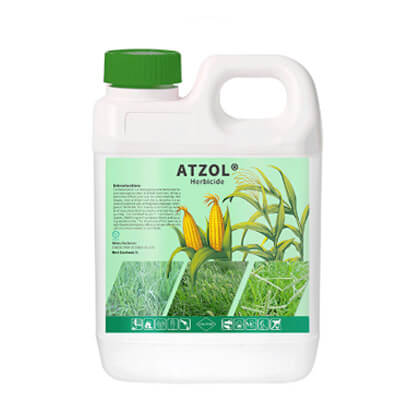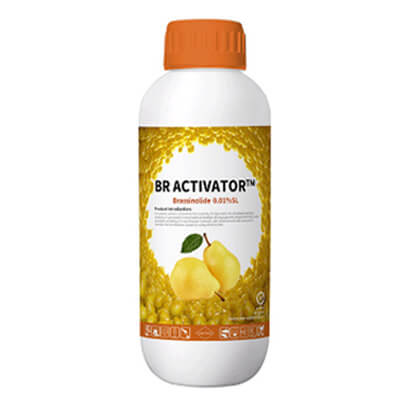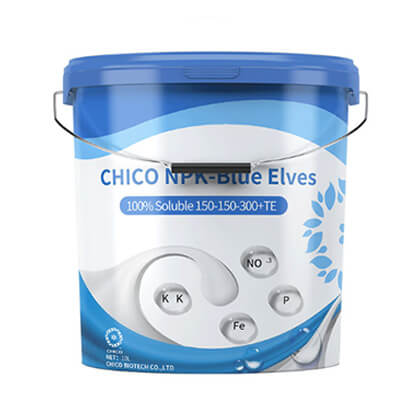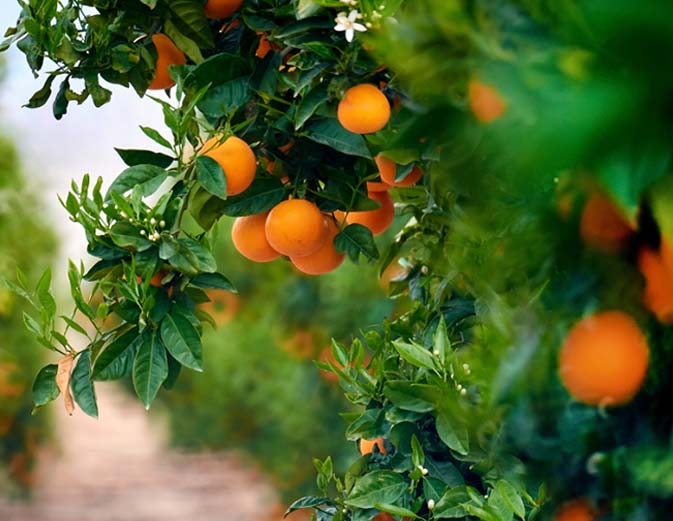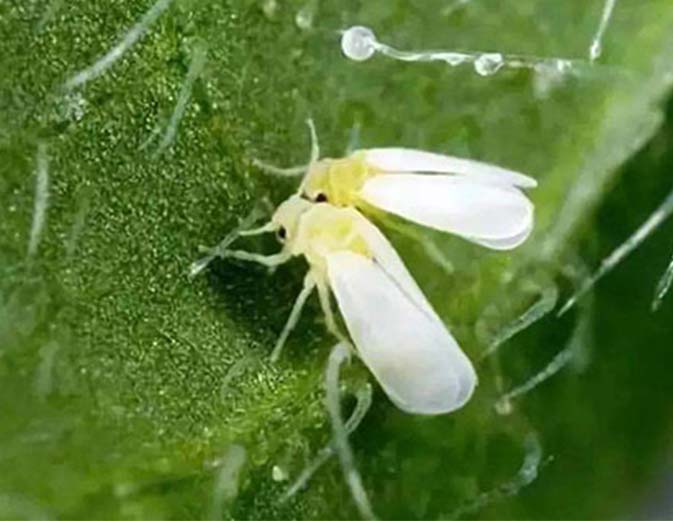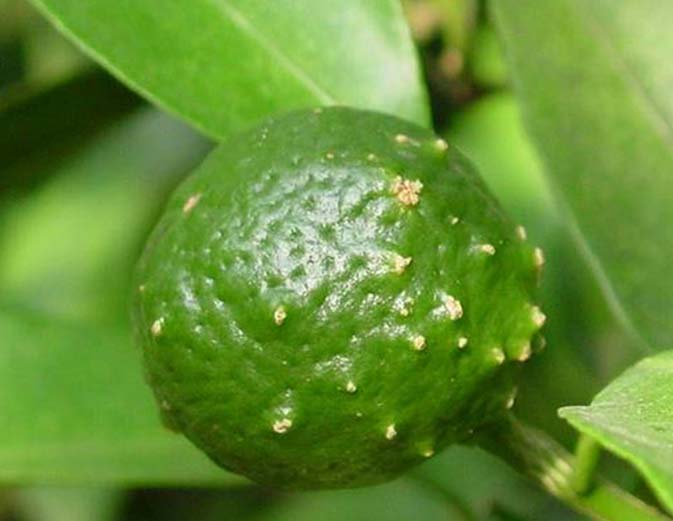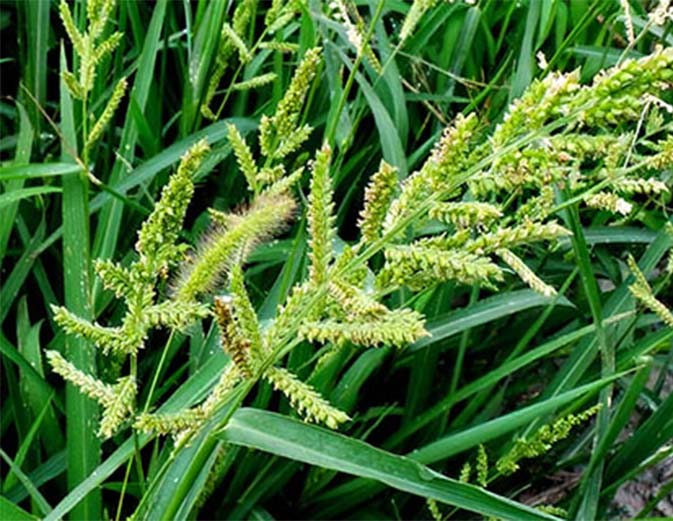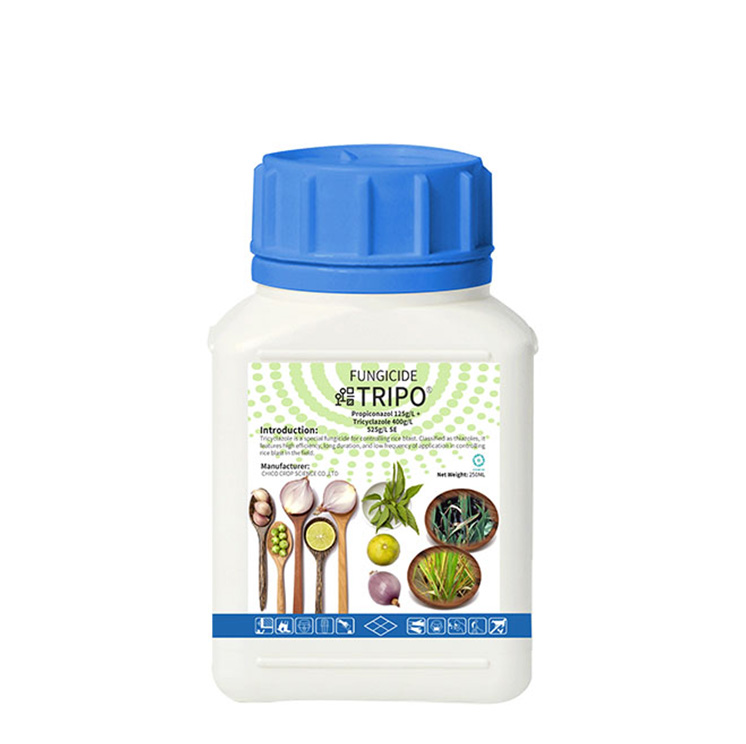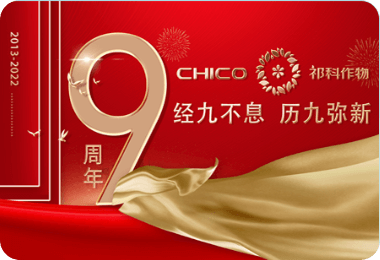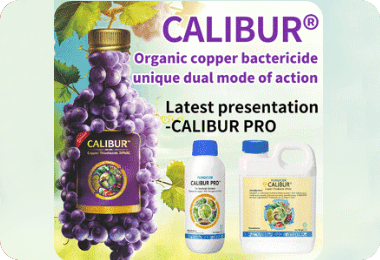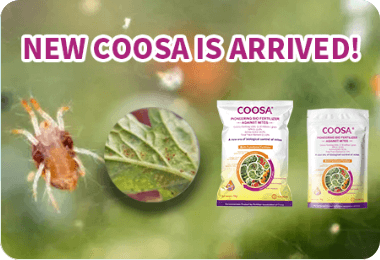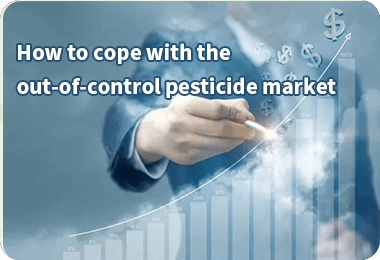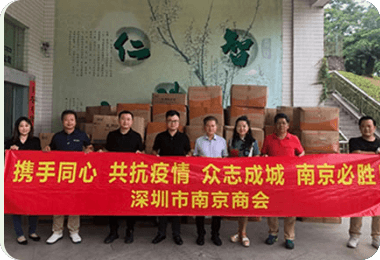
TRIPO® Propiconazole 125g/L+Tricyclazole 400g/L 525g/L SE Fungicide
Product Introduction
Product Feature
Propiconazole is a systemic triazole fungicide that has protective and therapeutic effects. It can be absorbed by roots, stems, and leaves, and can be quickly transmitted upward in the plant. It can prevent and cure diseases caused by ascomycetes, basidiomycetes and imperfect fungi, especially against wheat take-all, powdery mildew, rust, root rot, rice blight, and banana leaf spot. The combination of the two has synergistic effects, strong systemic properties, high bactericidal activity, and has both protective and therapeutic effects. This product has good effects on controlling rice blast and sheath blight.
Product Feature
Propiconazole is a systemic triazole fungicide that has protective and therapeutic effects. It can be absorbed by roots, stems, and leaves, and can be quickly transmitted upward in the plant. It can prevent and cure diseases caused by ascomycetes, basidiomycetes and imperfect fungi, especially against wheat take-all, powdery mildew, rust, root rot, rice blight, and banana leaf spot. The combination of the two has synergistic effects, strong systemic properties, high bactericidal activity, and has both protective and therapeutic effects. This product has good effects on controlling rice blast and sheath blight.
Advantage
High bactericidal activity and good efficacy on diseases caused by higher fungi on various crops. It has a good control efficacy on wheat root rot, anthracnose, rice bakanae disease, grape powdery mildew, and leaf spot of peanut and banana. It can also control powdery mildew, anthracnose, rust, and root rot of a variety of vegetables, and has special effects on watermelon root rot and strawberry powdery mildew.
Strong systemic property and good upward conduction performance. It can kill invading pathogens two hours after application, and control the spread of diseases in one or two days to prevent the occurrence of epidemic diseases.
It has extremely strong penetrating power and adhesion, and strong anti-washout power. When applied one hour before raining, no second application is necessary. It is especially suitable for rainy seasons. The effective period is as long as 15 to 35 days, thus saves two or three times of application compared with conventional medicine.
It also has obvious effects on the storage and preservation of fruit crops, especially the storage of major fruit varieties such as citrus and apple. After harvesting, the fresh-keeping effect is obvious, with good appearance for sales, and long shelf life.
Applicable Crops
Rice, wheat, barley, corn, ginseng, bananas, coffee, peanuts, grapes, etc.
Targets
It can be used to prevent and cure diseases caused by ascomycetes, basidiomycetes, and imperfect fungi, such as eggplant stem rot, eggplant vegetable powdery mildew, early blight and powdery mildew of tomato, sweet (spicy) pepper powdery mildew, tomato powdery mildew, pepper brown spot, pepper leaf blight, rice sheath blight and bakanae disease, wheat powdery mildew, root rot, glume blotch, sheath blight, rust, and leaf blight, barley net blotch, grape powdery mildew, apple powdery mildew, banana leaf spot, root rot, leaf blight, scab, etc.
Propiconazole 125g/L+Tricyclazole 400g/L 525g/L SE Fungicide Uses and Recommendations
Crops | Targets | Dosage | Application directions |
Rice | Rice blast | 600-750 mL/ha | Spray |
Rice | Sheath blight | 600-750 mL/ha | Spray |
1. This chemical fungicide is suitable for use before or after the onset of rice sheath blight and rice blast.
2. When controlling rice sheath blight, and rice blast, apply in strict accordance with the recommended dosage.
3. Do not apply on windy days or when rainfall is expected within one hour.
Cautions
Due to the inhibitory effect of Propiconazole at high concentrations, in the sensitive seedling, tender shoot flowering, young fruit, and fruit expansion stages of crops, apply in strict accordance with the technical requirements and do not increase the concentration arbitrarily. It is safe to use under the guidance of plant protection technicians.
Propiconazole residual period is about one month. Be careful not to apply it continuously. As Propiconazole is unstable at high temperatures, try to avoid using it in summer afternoons at high temperatures and humidity to bring about crop damage.
When applied in succession, please use it alternately with different types of medicines.
